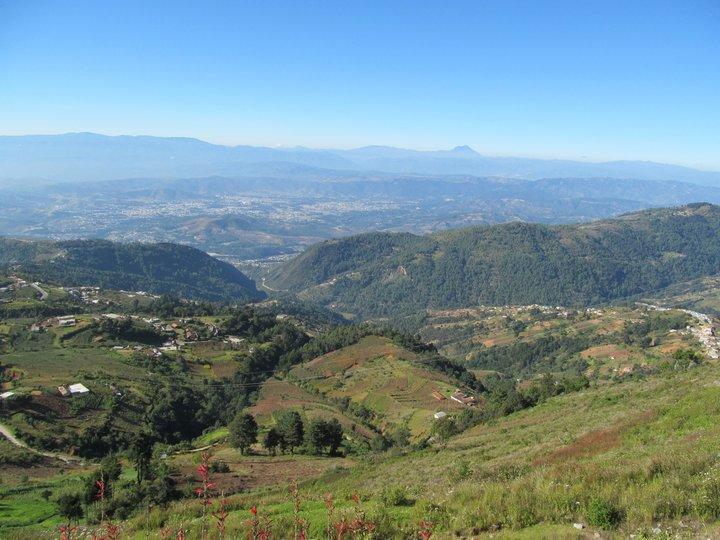Connecting landscapes with ecological corridors will benefit people, nature and business

To guarantee productive, profitable farms today and tomorrow, we need agrobiodiversity at the
ecosystem, agronomic and genomic level to work together, says M. Ann Tutwiler, Director General, Bioversity International, in World Business Council for Sustainable Development and Syngenta's newly-released Landscape Connectivity: A call to action.
Creating landscapes with healthy, functioning ecosystems is not only key to making progress towards the environmental targets embedded in the Sustainable Development Goals, but also to addressing multiple social and economic targets that depend partly or wholly on the benefits that ecosystems provide to people.
The World Business Council for Sustainable Development and Syngenta's report on landscape connectivity raises awareness about landscape connectivity and the implementation of simple, workable solutions that promote it.
In the foreword, M. Ann Tutwiler, Director General, Bioversity International, highlights the importance of collaborating with the private sector to mainstream landscape connectivity: "While agrobiodiversity holds solutions, global stakeholders, including the private sector are concerned that this diversity is shrinking, as many businesses rely on agrobiodiversity in the landscapes where they operate. Fragmentation and loss of habitats threaten agrobiodiversity, leading to smaller, more isolated populations of important species linked to agroecosystems. Connecting disparate agricultural landscapes is an effective approach to strengthening ecological integrity, preventing species loss and restoring healthy functioning ecosystems. While such ‘landscape connectivity’ has been promoted, there is a gap between policy intent and action on the ground."
Featured on p. 23 of the report as an example of a landscape connectivity platform stakeholder, Bioversity International’s research mainstreams biodiversity in agricultural development. We believe that in order to guarantee productive, profitable farms today and tomorrow, we need agrobiodiversity at the ecosystem, agronomic and genomic level to work together. Scientific evidence demonstrates that using and safeguarding agricultural and tree biodiversity along with novel practices, can help achieve multiple Sustainable Development Goals with minimal tradeoffs.
Read World Business Council for Sustainable Development's Landscape Connectivity: A call to action
Bioversity International staff who contributed to this publication: Ehsan Dulloo, Natalia Estrada-Carmona, Vincent Johnson, Sarah Jones, Gianpiero Menza and M. Ann Tutwiler.
Photo: A landscape in Guatemala. Credit: Bioversity International
